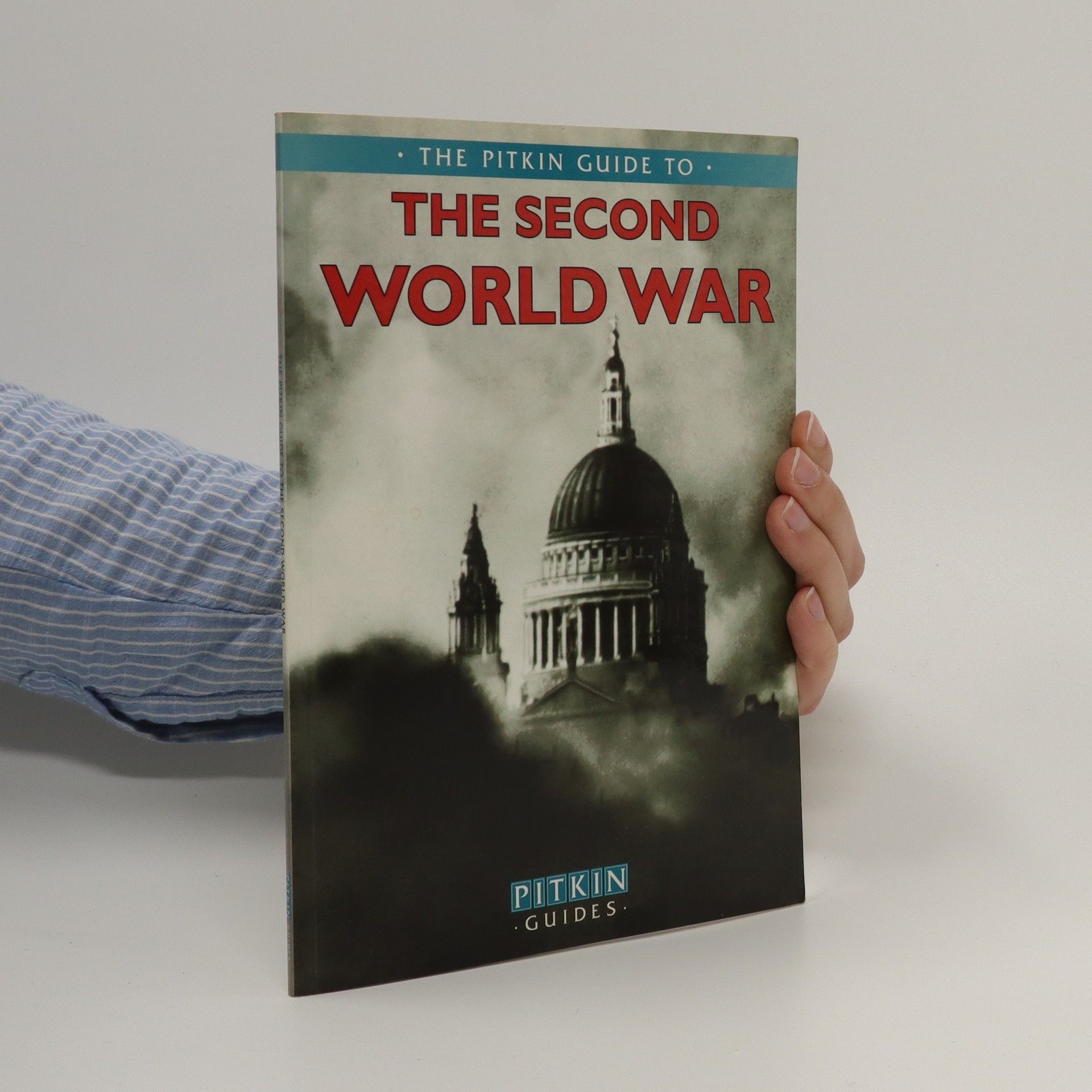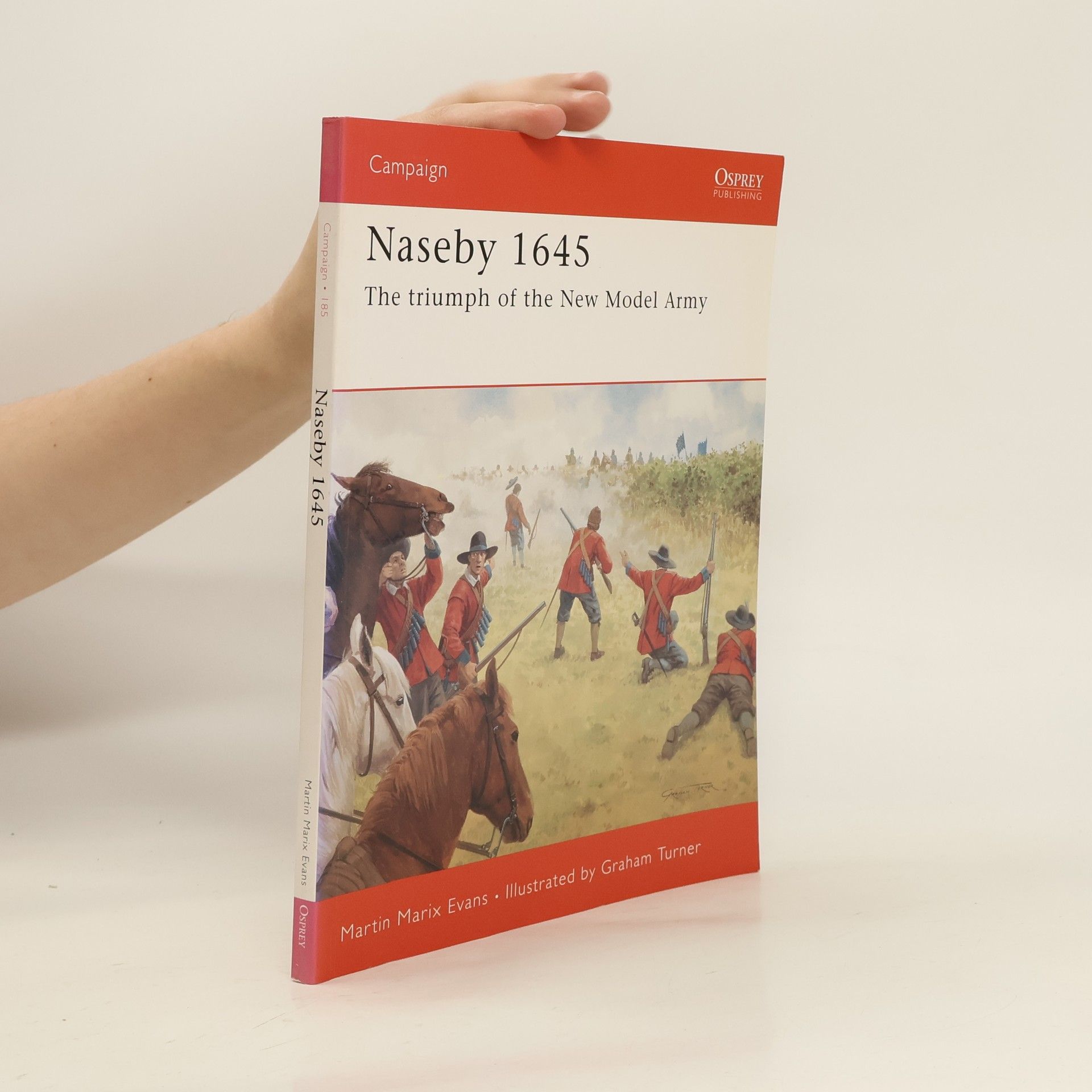Geomorphology and the Carbon Cycle
- 304pagine
- 11 ore di lettura






Focusing on the key confrontations of World War One, this book delves into the pivotal battles that shaped the course of the conflict. It explores strategic decisions, military tactics, and the impact of these engagements on the war's outcome. By examining the experiences of soldiers and commanders, the narrative provides insight into the broader historical context and the human cost of warfare. The book serves as an essential resource for understanding the complexities and consequences of one of history's most significant conflicts.
"The Somme is a name with particular resonance for the people of Britain, for here, in 1916, the flower of her youth was cut down. Terrible though that day was, it takes its place in a wider story: the long, painful process of learning how to fight a new kind of war. From the war movement of 1914, when the French fought there, the conflict evolved to massive frontal assaults by the British and Empire troops in 1916. On the Somme the tank was first used in September 1916. Increasing sophistication in the terrifying use of artillery by the Germans broke the Allied lines in March 1918. Allied use of this same technology was then combined with other arms to create the fighting complex that inflicted the 'Black Day' on the German army in August and smashed the Hindenburg Line in September. Thus the British, Australian, Canadian, American and French forces defeated the German Army in the field at last. For the first time this book reveals the whole story of how the Somme was the bloody classroom in which this new art of war was studied and it tells the story of the men who paid the price for this knowledge with their own blood"--Jacket
Ostatnie miesiące I wojny światowej stanowiły ostateczny sprawdzian dw�ch r�żnych koncepcji prowadzenia wojny. Niemcy zaryzykowali w 1917 roku, gdy podjęli totalną wojnę podwodną na morzu w celu zablokowania importu do kraj�w Europy. Wiedzieli, że ich decyzja doprowadzi do przystąpienia Stan�w Zjednoczonych do wojny, ale doszli do wniosku, iż będą w stanie pokonać aliant�w na froncie zachodnim, zanim wpływ Ameryki na rozw�j wydarzeń stanie się odczuwalny. Mieli nadzieję osiągnąć ten cel, stosując nową taktykę walki piechoty oraz używając artylerii w nader przemyślny spos�b. Znaczenia sił powietrznych oraz pancernych nie brano pod uwagę, a straty siły żywej zakładano jako stosunkowo wysokie. Zar�wno polityczne, jak i praktyczne skutki ciężkich strat były dla aliant�w oczywiste. Ich podejście do sposobu wygrania wojny było tym, kt�re profesor Gary Sheffield scharakteryzował jako używanie systemu broni, zr�wnoważoną kombinację piechoty, artylerii, bojowych pojazd�w opancerzonych oraz samolot�w, stosowanych w celu przełamania zar�wno stałej linii obrony przeciwnika, jak i mniej ustrukturyzowanych, otwartych system�w obrony.
Focusing on lesser-known theaters of World War I, this work explores the diverse and complex fighting methods employed in various regions, from the Italian Alps to the Greek coast. It highlights the early Belgian resistance that altered German strategies, the prolonged conflict in the Vosges over Alsace-Lorraine, and the three-year struggle between Italy and Austria that involved multiple forces. Additionally, it examines the Anglo-French support for Serbia, leading to a standoff with the Central Powers that persisted until the war's final months.
Znakomicie napisana, przeznaczona dla szerokiego odbiorcy historia bitew I wojny światowej, które w sposób bezpośredni wpłynęły na ostateczny wynik wojny. W każdej zastosowano przełomową dla późniejszych czasów innowację strategiczno-techniczną (np. użycie czołgów, samolotów, gazów trujących, nowe sposoby taktyczne itp.) W książce znajdują się opisy tak fascynujących bitew jak: pod Ypres, nad Marną, nad Sommą, pod Passchendaele.
Osprey's study of the pivotal battle of the English Civil War (1642-1651). In 1645 the fate of the British monarchy hung in the balance as the Royalist Army under King Charles I fought the Parliamentarian Army for control of the country. In this book Martin Marix Evans gives a vivid account of the pivotal battle of Naseby. He introduces the origins of the campaign and explores the strengths and weaknesses of the opposing armies, including the famous New Model Army. Dramatic and fast-paced first-hand accounts tell how the fighting unfolded on that fateful day. Featuring strategic maps and new information regarding the troops and battlefield, the author uses his unparalleled knowledge of the terrain, as well as archaeological evidence, to piece together a remarkable blow-by-blow account of the battle that lost the King his throne.
Set in a chilling alternate reality grounded in historical events, the narrative explores a pivotal moment during World War II. It imagines a scenario where German forces pause their advance after the fall of Paris, leading to an armistice with Marshal Petain. This allows the Panzer divisions time to rest and re-equip, altering the course of the war. Combining thorough research with creative storytelling, the book captivates readers interested in the complexities of historical events and the broader implications of wartime decisions.